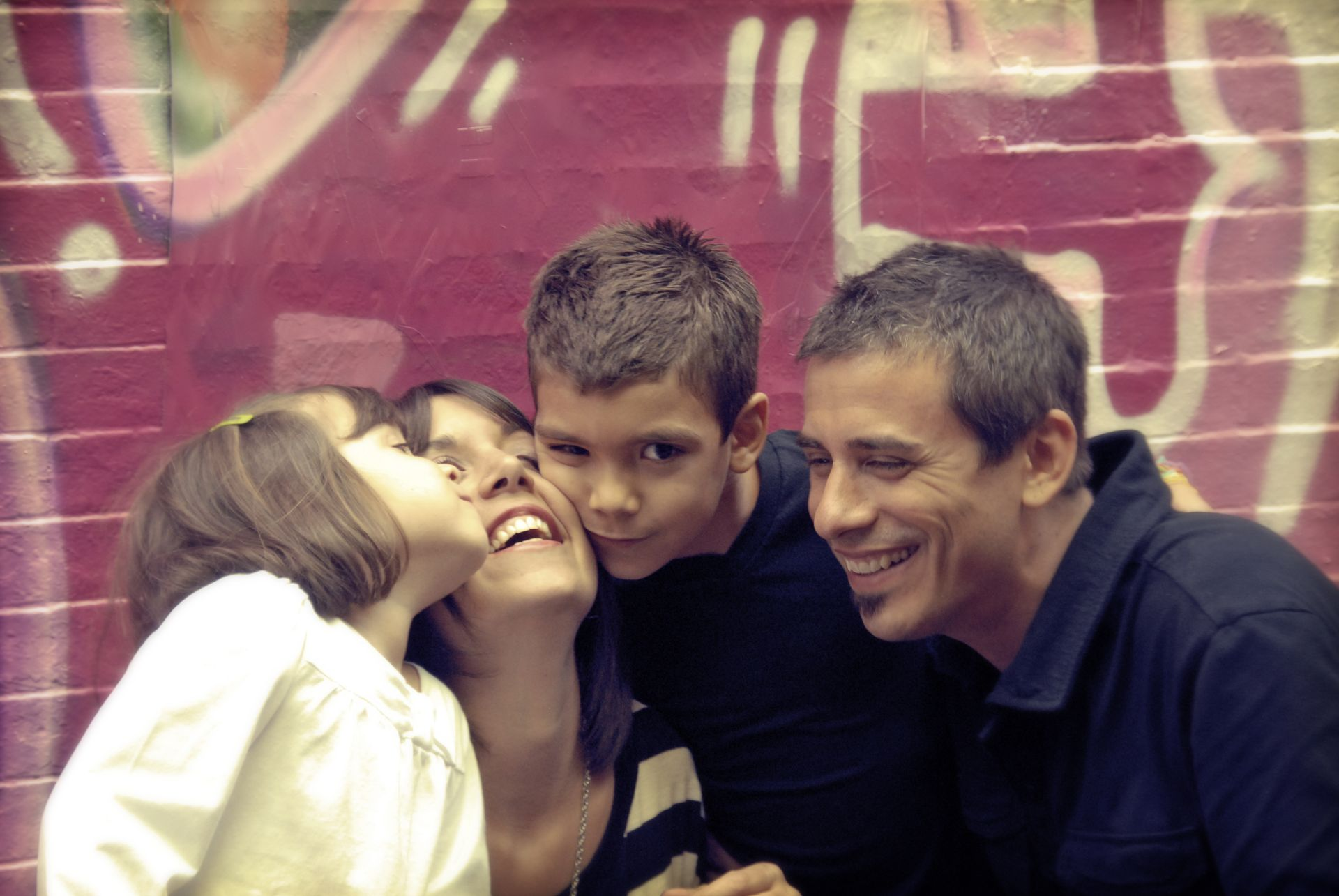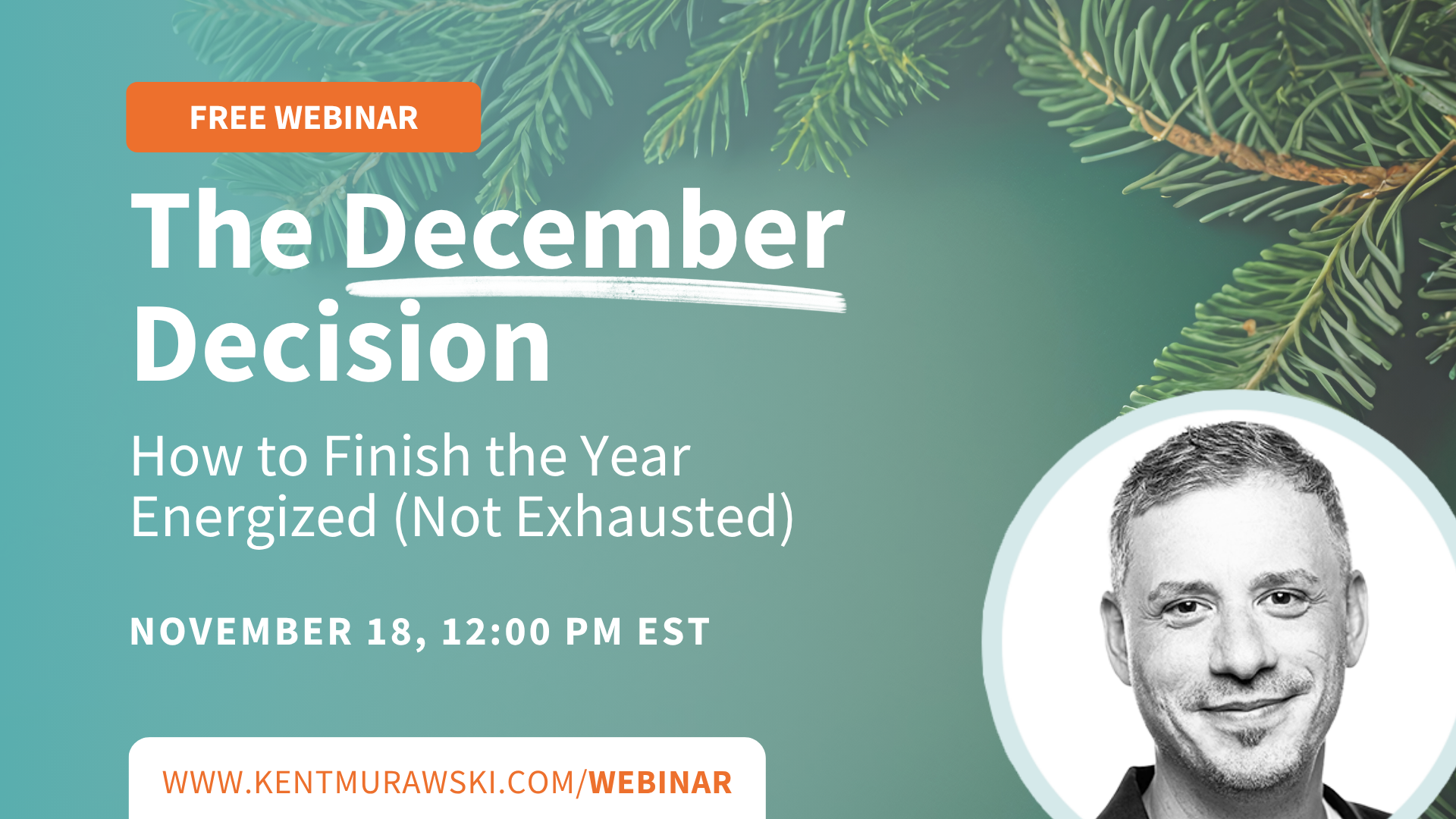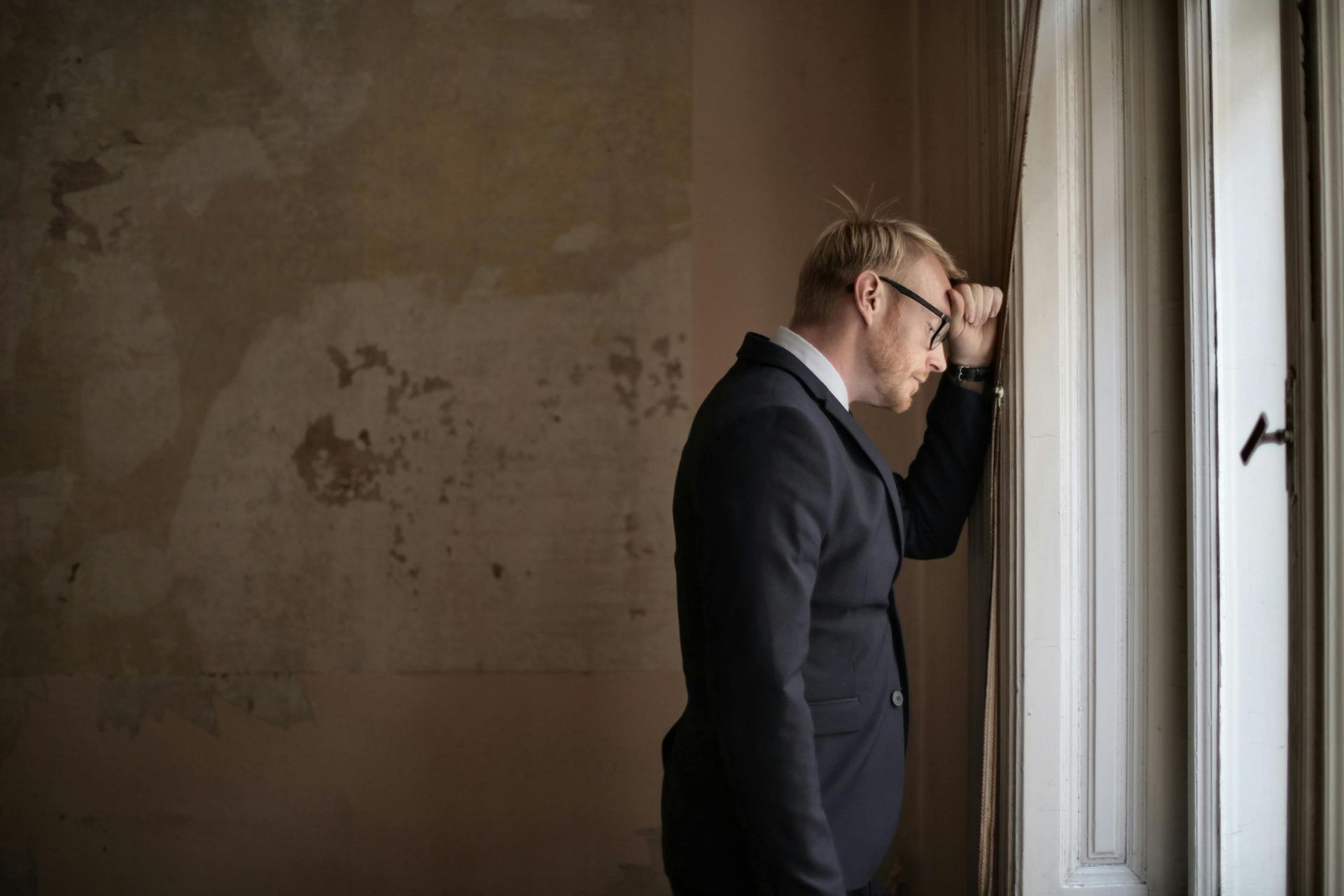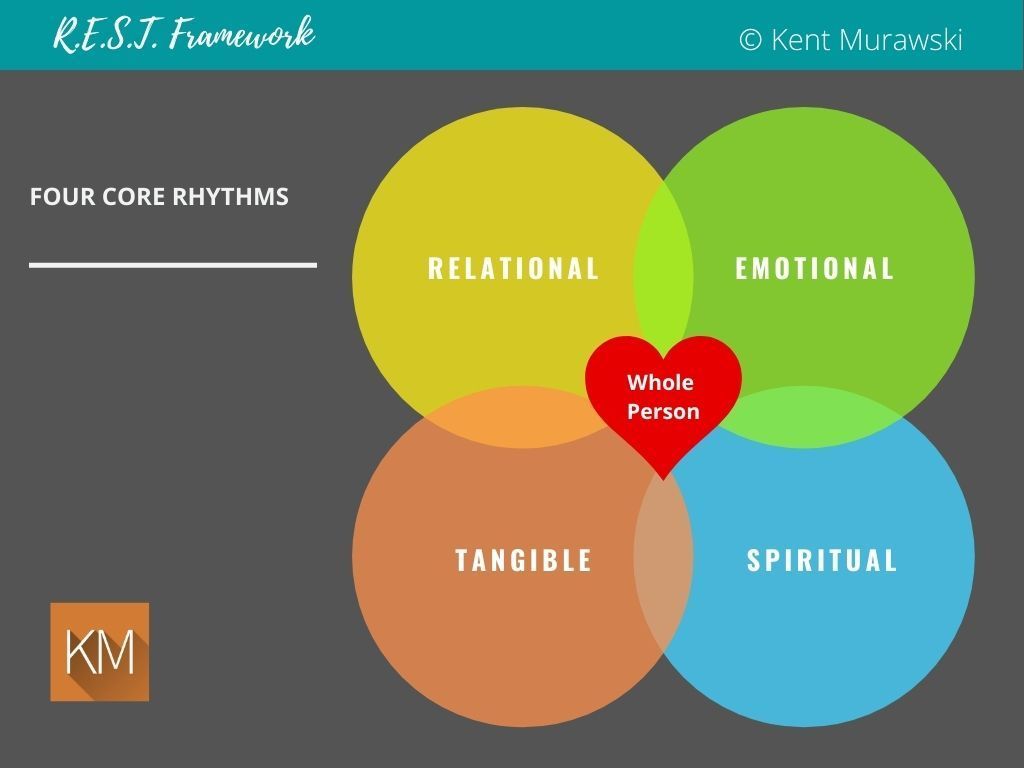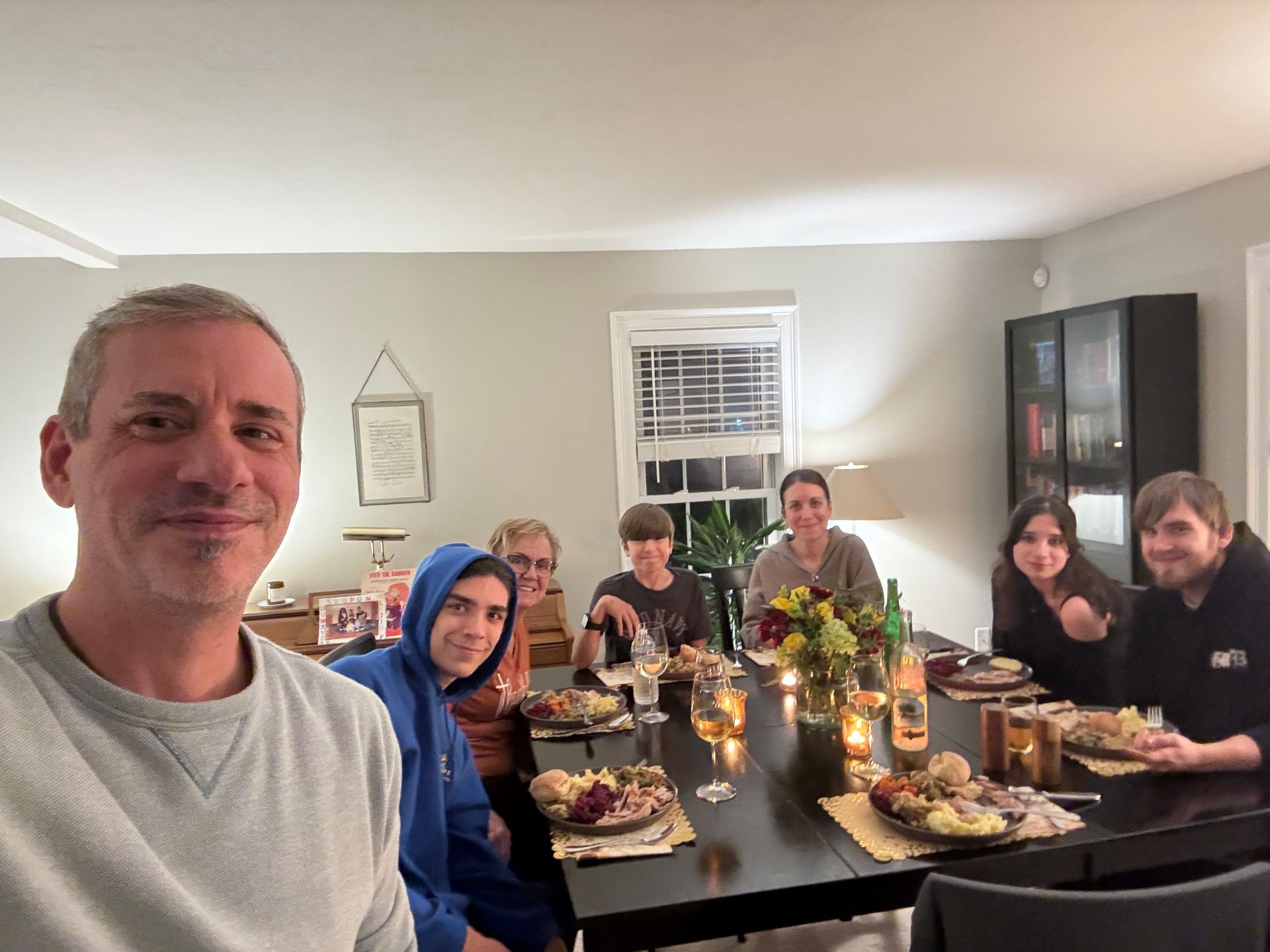Rhythms of Life 2: To the Beat of a Different Drum
Monks changed my life.
Though this post can stand alone, it is also part of a series I’ve been writing called Rhythms of Life. Here are the previous posts:
To the Beat of a Different Drum
If you’re interested in moving in the same direction as everyone else you should stop reading now, but if you want to march to the beat of a different drum, then read on. This way of living goes against the grain.
There is a way of living that came from early monasticism. It’s referred to as a “Rule of Life.” One of the most well-known rules was developed by a guy named Benedict around A.D. 540.
Don’t let the word “Rule” trip you up. The intended outcome of a rule of life is joy. It’s the pathway to an abundant life. It’s not referring to a set of laws, but rather “guidelines that support or enable us to do things we want and need to do.” It comes from a Latin word that means “a straight piece of wood” like a trellis. In a vineyard, a trellis is a structure that holds up a vine so it can thrive. Without the trellis, the vine falls to the ground and can’t bear fruit.
Like a garden untended, a life without rhythm and intentional cultivation creeps toward chaos and confusion.
Stephen Macchia, author of Crafting a Rule of Life said,
A rule of life allows us to clarify our deepest values, our most important relationships, our most authentic hopes and dreams, our most meaningful work, our highest priorities. It allows us to live with intention and purpose in the present moment.¹
Like a garden untended, a life without rhythm and intentional cultivation creeps toward chaos and confusion.
Because many people don’t like the word “rule” (and because I just like this word better), I choose to call it a Rhythm of Life rather than a rule of life. The word rhythm reminds me of the natural world and the cadence by which it operates:
Waves ebb and flow.
Seasons come and go in rhythm.
Crops are planted and harvested with the seasons.
Birds migrate from one place to another and back again with reliability.
The sun rises and sets in a predictable and rhythmic manner.
Finding the right rhythms for your life requires thoughtfulness and intentionality. In the words of Stephen Covey (7 Habits of Highly Successful People), “we achieve inner peace when our schedule is aligned with our values.”²
The R.E.S.T. Framework
In my previous post, I introduced you to the framework I use to form my Rhythm of Life. I call it the R.E.S.T. Framework, and it is made up of four core rhythms.
- R – We are RELATIONAL beings
- E – We are EMOTIONAL beings
- S – We are SPIRITUAL beings
- T – We are TANGIBLE or physical beings
Each of these four rhythms has three practices or actions that lead us toward a state of wholeness. There are twelve practices in all. My theory?
True success and real fulfillment come through wholeness, not achievement.
What do I mean by wholeness? Wholeness is about integration. It’s about thriving in ALL of life, not just ONE part. And it happens when we learn to integrate the most important parts of our lives into a cohesive and working whole.
The Heart of the Matter
We all know a healthy heart is a key to longevity. In a healthy heart, all four chambers work together. The heart receives oxygen-poor blood through the right side and pumps it to your lungs to be oxygenated. It then receives oxygen-rich blood via the left side and in turn, pumps it to your whole body through blood vessels.
These four core rhythms work in a similar way. Each of them must work in sync for our lives to be whole and complete.
Let’s Do This…Together!
In the coming posts, I would like to test this theory with you – that success and fulfillment come through wholeness, not achievement. We will do this by going through each of the four rhythms and forming your own Rhythm of Life.
Many of these things are backed by proof and research, but the way I’m putting it together is somewhat new.
That’s why I’m asking for your feedback.
We will start with the first one in the framework: relationships.
As you work through this framework, will you do me the honor of leaving your comments, thoughts, and pushbacks? I would love to hear your stories of success and failure along the way!
I can’t wait to go on this journey with you.
Endnotes
¹ Macchia, Stephen, Crafting a Rule of Life, 14
² Comer, John Mark, The Ruthless Elimination of Hurry, quoting Covey, 94
* Photo by Nathaniel Tetteh on Unsplash
Share this Post:

